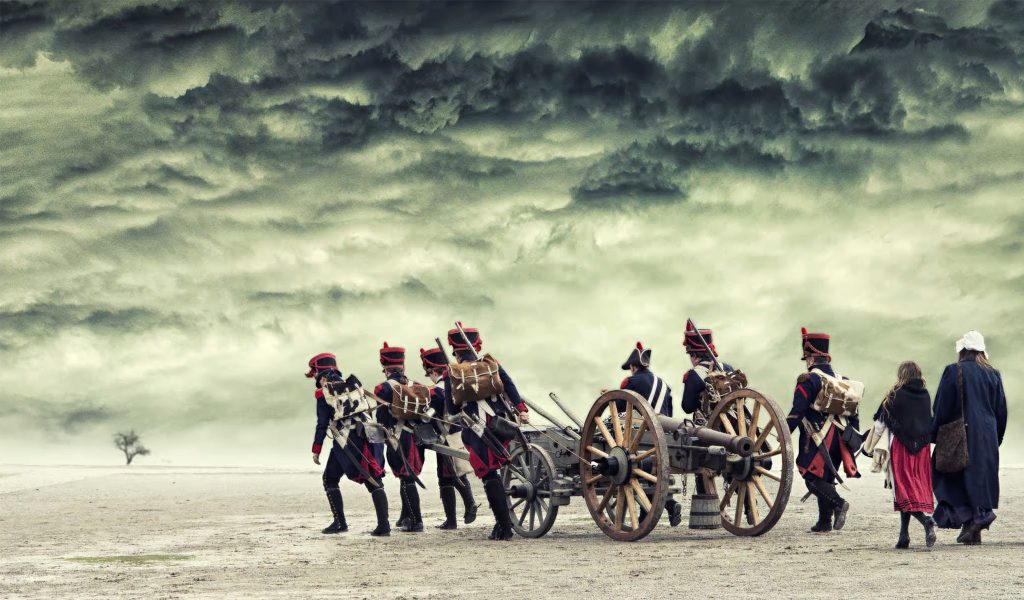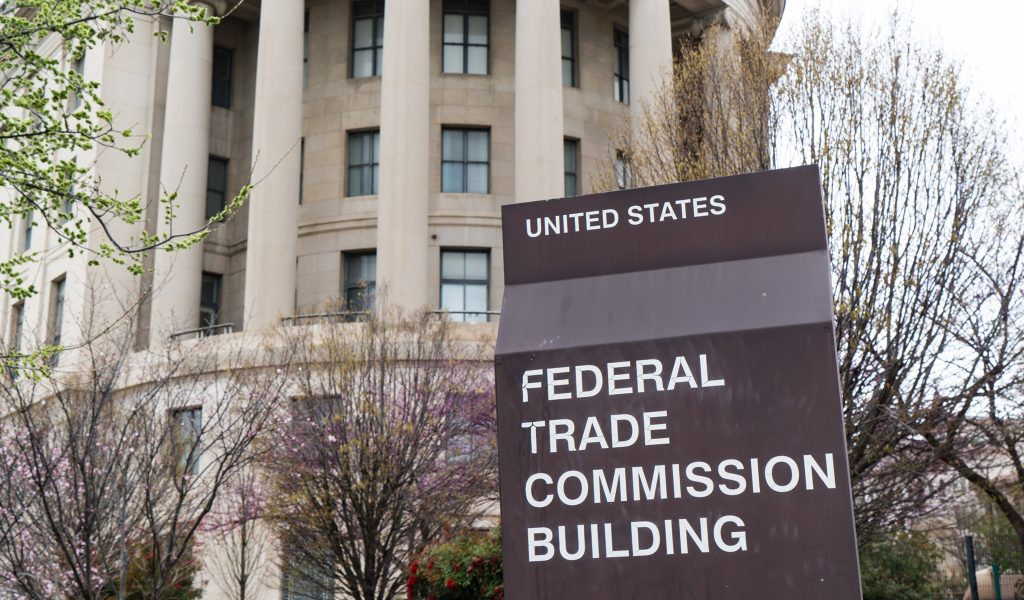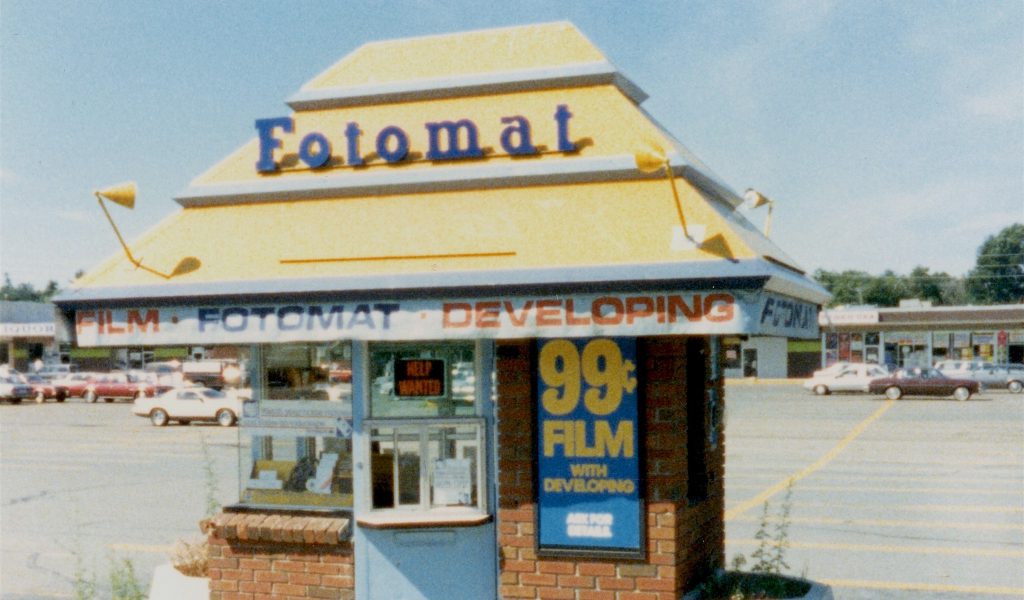“Right off the lobby, to get to your class, I’d set up a system of tubes made of glass. You hop in a pod, press the number, then ZOOM! In under ten seconds, you’re right at your room!”
That’s part of how children’s book author Chris Van Dusen describes the ideal elementary school through the eyes of “Jack.” Jack feels his existing school “is OK,” but that it in no way lives up to what school should be. Jack thinks the builder of his humdrum school “should be banned,” as it’s “nothing at all like the school” he has planned.
The school Jack has designed in his head is spectacular, and much more important, it’s not unrealistic to say that it’s the future of schools. Certainly the schools that will be built in the lifetimes of the kids reading Van Dusen’s books today.
To see why, it’s useful to think about the state of automobiles when the 20th century dawned. As the late historian David McCullough described them in a book about the Wright brothers, cars were rarer than millionaires. And millionaires in 1900 were incredibly rare.
About those cars, the brothers who would achieve the impossible that was flight felt that cars would never become a common market good. They were too unreliable.
What the Wright brothers missed is what their myriad critics missed: the only limits to human achievement are knowledge. And the biggest barriers to knowledge are a lack of human hands and machines working together in specialized fashion.
Henry Ford made cars “for the multitude” by combining tens of thousands of hands, and companies like Boeing divided up work among millions of producers around the world on the way to airplanes that move people around it. What flight and driving have become in the 21st century are both arguably well beyond the imagination of a Van Dusen equivalent writing in 1900. Some things are too advanced to even be imagined.
Consider the above through the prism of Van Dusen’s seemingly futuristic book. Jack imagines classrooms “built onto towers,” free floating platforms in which, “using a stylus, you write in the air. No blackboard. No whiteboard,” just words that appear and “magically glow.” What Jack imagines reads as far more within our grasp than global flight and driving for the masses seemed in 1900.
My 7 ½ year old daughter’s favorite aspect of Jack’s school is the desks in the classrooms. They are “hover desks” that glide, and they “even have bumpers in case you collide.” My four year old son’s favorite is the playground. It includes a “zip line way up in the sky,” and twisty slides that are “three stories high.” After all that fun such that “you’re hot and you’re beat,” you can go tubing on the lazy river that encircles the playground, and no doubt “that would be sweet.”
As for physical education, rock walls at the gym are standard. Assuming you’d get to them. Probably more appealing would be the submarine bikes Jack envisions for the perimeter pool that surrounds a “trampoline basketball court.” The court bounce-house features, naturally. My daughter is also a fan of the skydiving wind tunnels on the playground when swimming and jumping start to get old.
My own favorite imagining of Jack’s is the school cafeteria, overseen by “robo-chef, Pete.” Very happily, “Pete can make anything, simple or weird,” all ordered via microphones easily accessed from each cafeteria seat.
As for the learning part, Jack imagines a school where “we wouldn’t have tests.” Why tests when hologram guests make it possible for students to meet the creators of knowledge and history, whether a T. rex, a president like Abraham Lincoln, or a business visionary like Jeff Bezos.
The exciting features of the school Jack would like to build are many more than the ones mentioned in this write-up. They all raise questions having to do with how to build a school that, at least for now, only exists in the imagination of Jack.
Even Jack doesn’t know. As he puts it about the words that will “magically glow,” but that will “just appear” without blackboards or whiteboards, “Don’t ask how this works ‘cause I don’t really know.” Which is the point.
Back in 1900 no one really knew how to mass produce cars, and certainly not cars capable of driving themselves. As for airplanes that would move people around the world, let’s be serious.
Yet through the relentless creation of knowledge, the future was invented. Think about the future with Jack’s school top of mind. It’s not that much of a reach the more that the efforts and specialized knowledge of individuals and machines are combined. Yes, Jack’s school will become a reality in the lifetimes of the young people reading about it right now.
Republished from RealClear Markets









